人教版新目标初中英语七年级上册Do you like bananas教案
-
- 页数:14页
- 字数:约 15105 字
- 大小:94.00KB
- 格式:.doc
- 版本:Office2016及以上版本
- 作者:天皓PPTER
Do you like bananas教案
教学内容
本单元的核心项目是“喜欢和不喜欢(like and dislike)”。围绕着这一中心项目,课文中设计了各种食物及水果的插图和不同形式的表格,让学生进行听、说、读、写等各种学习活动。通过本单元的教学,使学生学会询问对方与了解别人喜欢与不喜欢的食物,学业会谈论自己与他人早、中、晚餐喜爱吃的食物,为其今后能在交际中恰当地表达自己的情感、灵活运用已经学过的常用功能项目、进一步学习并掌握新的语言功能奠定了坚实的基础。

教学目标
⑴知识目标:A、学会询问对方喜欢与不喜欢的食物;
B、学习并激情些食物的词汇;
C、学会谈论自己与他人早、中、晚餐喜爱吃的食物;
D、学会营养配。
⑵能力目标:A、能准备表达喜欢和不喜欢的食物;
B、能根据具体情景对话,与他人沟通信息,合作完成任务;
C、通过听、说、读、写四项技能的训练,促进学生语言运用能力的提高。⑶情感目标:A、通过学习西文食品文化,促使学生了解西方生活方式与文化,培养跨
文化交际的意识;
B、通过开展小组活动,指导学生积极与他人合作,培养他们的合作精神;
C、通过任务型活动,使学生学会在实际生活中均衡饮食,合理配餐。
教学重点、难点
重点:A动词like一般现在时的各种句式及一般疑问句的肯定、否定回答;
B关于各种食物的词汇;
C名词复数的使用。
难点:一般现在时中单数第三人称的变化形式。
课时安排
第一课时Section A la –lc
第二课时 Section A 2a –4
第三课时Section B la –2c
第四课时 Section B3a –4 Self-check
Period One
课前准备
教师:搜集关于食物的图片,多媒体教学课件,制作表格(见教学步骤)。
教学设计
Step One: New words.
① Present the new words.
T:Let’s play a aguessing game. Is it anapple in my bag?Touch and tell me the answer.
S1: (Touch and say)Yes, it’s an orange.
T:I like oranges. Like means”喜欢”. Read after me.L-I-K-E,like.
Ss: L-I-K-E,like.
T:Do you like oranges?
S2:Yes,I do.
T: Do you like oranges?
S3:No, I don’t.
(Teacher writes the title on the blackboard.)
T: Now today I have a lot of delicious food.First let’t look at some fruit. Look!(Show a picture of a banana.)
T:What’s this in English?It’s a banana. Readafter me,B-A-N-A-N-A,banana.
Ss:B-A-N-A-N-A,banana.
T:Whtat color is it?
Ss:It’s yellow.
(Then look at some pictures and teach theother fruit words in the same way such as strawberry,apple.)
(Next go on learning the vegetables and theother food in the sme way with the pictures.)
T:Look at the pictures and fill in the chataccording to the category.
Fruit
Food
Vegetable
Step TowGrammar.
① Present the countable nouns and the uncountable nouns.
T:Look!What are these? (Show a picture.)
S1:They are oranges.
T:How many oranges are there?Let’s count.One,two.
S1:Two.
T:And what are these?(Show another picture.)
S2:They are apples.
T:How many apples are there? Let’s countthem. One,two,three.
S2:Three.
T:What’s this?
S3:It’s broccoli.
T:Can we count it”Can we say a broccoli?
S3:Sorry, I don’t know.
T:We can’t say a broccoli because it is theuncountable noun. Nouns contain the countable nouns and the uncountable nouns.Countable nouns can be counted with number ,and we add –s or –es to make theblural. For example,we can say an apple, two apples,three eggs. Uncountablenouns can’t be counted with number,and they don’t have plurals. For example, wecan say salad, broccoli,but we can’t say salads,broccolis.
T:Look at the pictures. Fill in thechart.(Show some pictures of fruits and vegetables.)
Countble nouns
Uncountable nouns
T:Check the answers.
② Present the rules of noun plural forms.
T:look at the pictures,can you say them?
S:Yes,three tomatoes,two oranges, threestrawberries.
T:Look at the three rules of plural forms.Are they the same?
S:Of course not.
Step Three: Drills.
① Present the new drills “Do you like…? Yes, I do/ No, I don’t.”
T:Oh,we have lots of delicious fruit. I likeapples best.
(Holding apples)
Do you like them?
S1:Yes, I do.
S2:No, I don’t. I like salad.
T:Do you like salad?
S3:Yes, I do./No, I don’t.
(Ask some more students to practice likethis.)
② Practice the drill.
T:Work in pairs.Ask and answer with yourpictures.
(Before class the students have drawn somepictures of the food.)
Sa:Do you like…?
Sb: …
(Then ask more pairs to practice.)
T:Let’s open your books and do 1b.Listen andnumber1-3.
(The students listen and then check theanswers.)
Step Four: Task.
T:Let’s make a survey.You can ask eightfriends what they like and dislike. Then fill in the chart.
Tom
Kate
Li Lei
…
Apples
Bananas
…
(Then ask some students to report.)
S1:Five of the students like…, two of themlike…
S2:…
Step Five :Summary.
In this class,we’ve learnt the names offoods, fruit and vegetables and practiced asking and answering questions aboutlikes and dislikes. Please remember the rules of noun plurals.
Homework.
Make a survey about your parent’s likes anddislikes using Do you like…?
Do you like bananas?
Period Two
课前准备
教师:搜集关于食物的图片,制作表格(见教学步骤)。
学生:准备上一节课的调查表格,作好对话和调查的准备。
教学设计
Step One: Review the drill.
② Review the drill “Do you like…”?
③ The girl and the boy are talking about their likes anddislike.Let’s open your books and listen. Try to finish 2a and 2b as quickly asyou can.
Ss:…
Step Tw New drills.
① Present the new drills “Does she/ he like…? Yes, she / he does./No, she / he doesn’t”using the chart above.
T:Kate, do you like tomatoes?
S1:Yes, I do.
T:Do you like ice cream?
S1:No, I don’t.
(The teacher points at Kate and asks theclass.)
T:Does Kate like tomatoes?
Ss:Yes, she does.
T:Does Kate like ice cream?
Ss:No,she doesn’t.
(The teacher goes on asking Kate using thechart.)
T:Does your best friend Sue like tomatoes?
S1:Yes, she does.(Kate looks at her chart inher hand.)
T:Who is your best friend?
(The teacher points at Jane.)
S1:Sally is.
T:Does she like tomatoes?
S1:Sally is.
(The teacher points at Tony and Maria.)
T:Do your best friends like tomatoes?
S1:Yes, they do./No, they don’t.
(The teacher asks two more students toanswer his/ her questions according to the chart in their hands. Then theteacher writes down the drills “Does she/he like… ?Do they like…?” on theblackboard.)
T:Work in pairs and practice the drill “Doeshe/she…? Do they…?”according to the chart.
(Then the teacher asks some pairs of thestudents to practice one by one.)
② Practice the drills.
T:Let’s work in pairs .
(Student A looks at Page 33.Student B looksat Page 83.Try to find out what Bob and Bill and don’t like.)
Sa:Does Bill like French fries?
Sb: … Does Bob like French fries?
Sa: …
Step Three: Task.
T:Do you love your parents?
S:Yes.
T:How do you show your love to them?
S1:I’ll do as they say.
S2:I’ll buy something for them when theirbirthday is coming.
S3:I’ll study better and better.
S4:I’ll make a big meal for them.
T:Oh, I think it’s a good idea. Now let’stry to know what they like and dislike. First take out yesterday’shomework,exchange the information in pairs.
(The teacher have asked the students to havea survey last class.)
Parents
like
dislike
Mother
Father
(Give a sample to the students)
T:Does your father like chicken?(Point to astudent)
S1: No, he doesn’t.
T:Does your mother like eggs?
S1:Yes, she does.
T:Do they like bananas?
S1: Yes, they do.
T:Now work in groups and make a food survey.
Parents
like
dislike
Jim’s father
Jim’s mother
Kate’s father
Kate’s mother
(The students work in groups.)
S2:Jim’s father likes… He doesn’t like…Jim’s mother likes…very much. She doesn’t like…And they both don’t like…
(Then ask more students to report.)
Step Four:Summary.
In this class, we’ve learnt the SimplePresent Tense,including of the third person singular form as subject.
Homework.
Rewrite your conversation in the form of apassage.
Do you like bananas?
Period Three
课前准备
教师:搜集关于食物的图片,多媒体教学课件,制作表格(见教学步骤)。
学生:准备上一节课的家庭作业。
教学设计
Step One: Check the homework.
T:Now let’s exchange yourexercise books and help each other. Try to correct it.(Ask different studentsto report his/her conversation.)
Step Twp: Review the words.
T:You know we have learnt so much deliciousfood. Now Let’s play a game with the food. Let’s see who will say the names ofthe food as many as possible during a minute.
(The teacher will give the students a minuteto prepare it.Then ask someone to say.)
S: Salad, apples, bananas, ice cream…
(Choose the three students who said the mostand give some food as presents.)
Step Three: New words.
① Present the new words.
T:How many meals do you have every day?
Ss:Three.
T:What are they?(The students can answerthem in Chinese.)
Ss:They are “早餐、中餐和晚餐 ”.
T:Oh, yes. In English “早餐”we can say“breakfast”.
(Show a picture of the breakfast)
Read after me, “breakfast”.
B-R-E-A-K-F-A-S-T,breakfast.
Ss: B-R-E-A-K-F-A-S-T,breakfast.
T:Do you have your breakfast every day?
S1:No, sometimes I get up late, I have notime to eat.
T:I think it’s not good for your health.
(Teach the other two words lunch, dinner inthe same way.)
② Practice the words.
T:Which meal do you like best?(Point to astudent.)
S:I like breakfast best.
T:Why?
S:Because I like drinking milk.
T:Who also likes breakfast in our class?Please put up your hands.
T:Oh, so many students.You can sit in thisteam.
(Ask all the students who like breakfast,lunch or dinner to come to the same team. They can talk easily.)
T:We have divided all the class into threegroups. One group likes breakfast, the other two like lunch and dinner. Butwhat do you like for your three meals?
(Show a picture of three dinners.)
T:I have three meal plates. What do you wantto put on it?
Let’s talk about it. Try to find the foodwhat your group like most and tell us the reason.
(When each group is talking about it, theteacher goes around among the students and helps them if they need. Then askeach group to report.)
S:In our group, we like breakfast best. Weall like oranges, eggs, milk and an apple.Because they are good for our health,we choose them.
(When the student is saying, the teacherputs the food onto the plate for breakfast.)
(Do it for lunch and dinner in the sameway.)
T:Look at 1a, and write the number in thebox next to the correct food.
(Then the students finish off 1a.)
T:How many other food words can you add tothe chart?
Try to write themdown in the chart.
Fruits:
Vegetables:
(The students write them down as soon aspossible and then read them. See who will add most.)
Step Four: Practice the listening.
T: Look! There are so many foods. Maybe theyare very delicious. Which food do you like? Do you like apples? (Show thepicture.)
S1: …
T: How about chicken? Do you like it ?
S1: …
T: Can you guess what food I like?
S1: Do you like…?
T: No, I don’t.
S2: Do you like…?
S3: Do you like…?
T: Yes, you are right. I think you are verylucky. But I have two friends. They are Sandra and Tom. Do you know what foodthey like? Now, let’s listen and find out the food you hear.
(Play the recording 2a in Section B. Thestudents find out each food mentioned in the conversation on the recording.Then check the answers.)
T: Now open your books and listen again.Fill in the chart.
(Play the recording the first time. Studentslisten to the conversation and write in the answers on their charts. Play the recordingthe second time and then the students can check their answers to be sure theyare correct.)
T: Does Sandra like salad?
S: Yes, she does.
T: Work in pairs about the chart.
Step Five: Task.
Go on a picnic witha group of friends and make a list of food to buy.
① Divide the students into six groups.
② Talk about what the students in your group like and dislike andmake a list.
③ The leader in each group reports to the class.
Step Six: Summary and homework.
Make a survey about “What do your parentslike for three meals?” after class.
Do you like bananas?
Period Four
课前准备
教师:搜集关于食物和人物图片,制作表格(见教学步骤)。
学生:准备表格。
教学设计
Step One: New words.
T: Do you like sports?
S: Yes, I do. / Of course.
T: What sport do you like best?
S1:I like playing football/ baskball /tabletennis …
您可能喜欢的文档
查看更多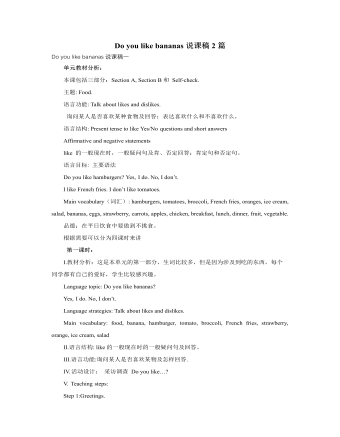
人教版新目标初中英语七年级上册Do you like bananas说课稿2篇
- 页数:15页
- |大小:88.00KB

人教版新目标初中英语七年级上册Do you have a soccer ball教案
- 页数:15页
- |大小:88.00KB

人教版新目标初中英语七年级上册Do you want to go to a movie教案
- 页数:14页
- |大小:82.50KB

人教版新目标初中英语七年级上册What time do you go to school教案
- 页数:16页
- |大小:86.50KB
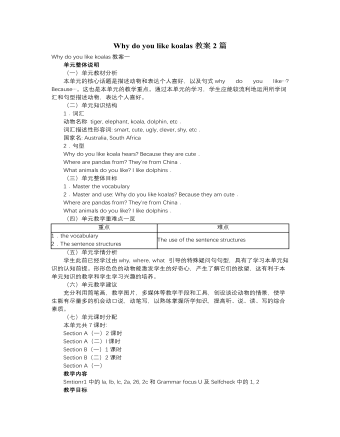
人教版新目标初中英语七年级下册Why do you like koalas教案2篇
- 页数:9页
- |大小:378.50KB
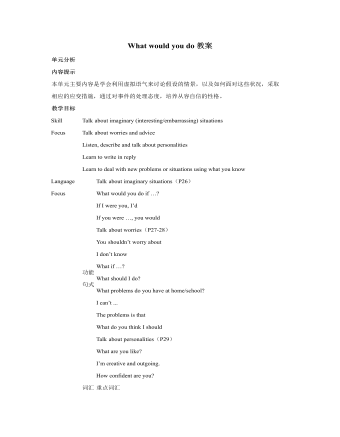
人教版新目标初中英语九年级上册What would you do教案
- 页数:20页
- |大小:593.50KB

人教版新目标初中英语八年级上册How do you get to school教案2篇
- 页数:38页
- |大小:273.00KB
热门课件教案
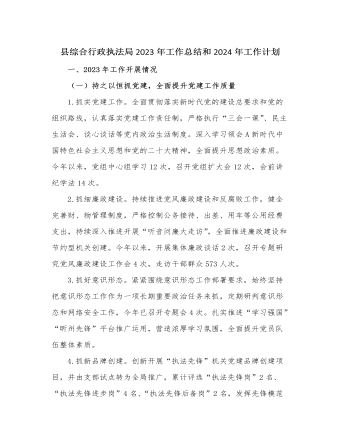
县综合行政执法局2023年工作总结和2024年工作计划
- 页数:8页
- |大小:28.37KB
- 课件教案
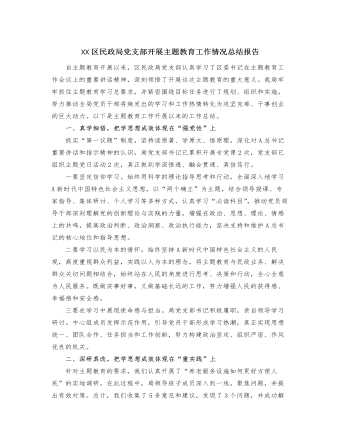
XX区民政局党支部开展主题教育工作情况总结报告
- 页数:3页
- |大小:24.47KB
- 课件教案
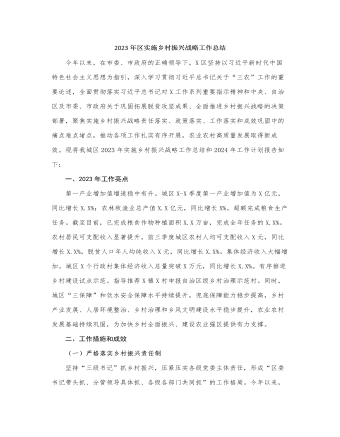
2023年区实施乡村振兴战略工作总结
- 页数:6页
- |大小:27.90KB
- 课件教案

交通运输局在巡回指导组主题教育阶段性工作总结推进会上的汇报发言
- 页数:4页
- |大小:33.41KB
- 课件教案

镇2023年工作总结和2024年工作谋划
- 页数:6页
- |大小:31.68KB
- 课件教案
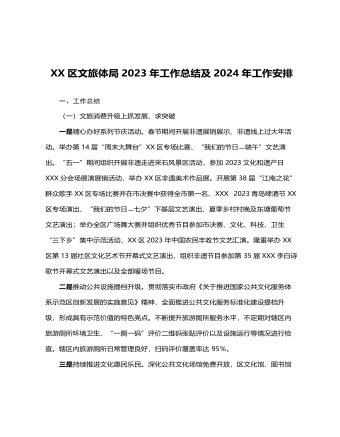
XX区文旅体局2023年工作总结 及2024年工作安排
- 页数:8页
- |大小:32.41KB
- 课件教案
今日更新
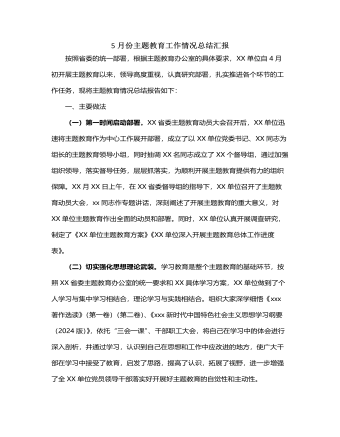
5月份主题教育工作情况总结汇报
- 页数:3页
- |大小:136.87KB

××县招商局2024年上半年工作总结
- 页数:12页
- |大小:142.54KB
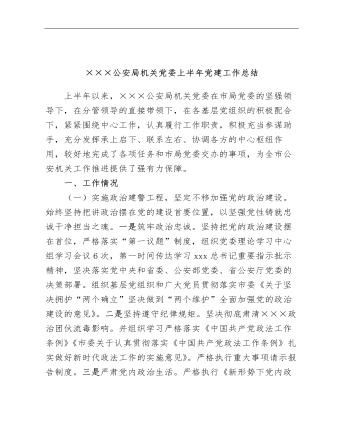
×××公安局机关党委上半年党建工作总结
- 页数:7页
- |大小:186.25KB

《2019—2024年全国党政领导班子建设规划纲要》实施情况的工作总结3800字
- 页数:6页
- |大小:29.16KB
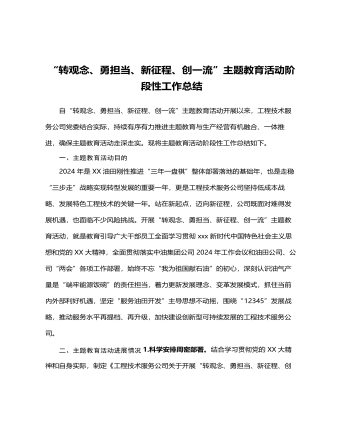
“转观念、勇担当、新征程、创一流”主题教育活动阶段性工作总结
- 页数:3页
- |大小:22.76KB

“四零”承诺服务创建工作总结
- 页数:5页
- |大小:39.83KB











